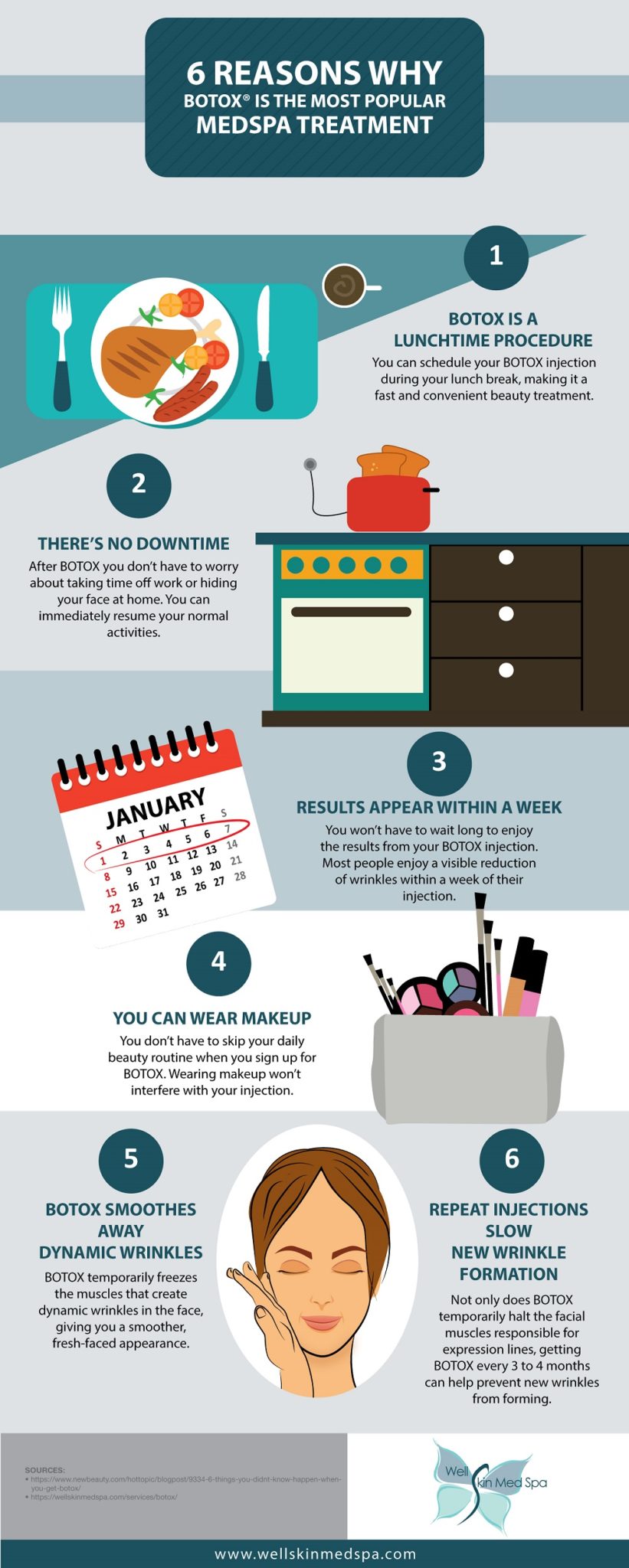As a cataract cosmetic surgeon, your day starts with a detailed eye examination, where you examine patients' vision and lens clearness. You know how critical it is to recognize cataracts accurately. When identified, you plan for surgical procedure, guaranteeing every information is accounted for. But the difficulty doesn't end there. The actual trip unravels in the operating room, where precision is vital. What happens next might specify a client's aesthetic future.
The Diagnostic Process: Identifying Cataracts
When it comes to detecting cataracts, quality is key. You'll begin with a detailed eye evaluation, where you'll assess visual acuity and look for any signs of cloudiness in the lens.
During this process, you'll use specific equipment, such as a slit lamp, to get a comprehensive sight of the eye's framework. You'll also carry out a dilated eye examination to examine the lens and retina better.
Gathering your individual's medical history is essential, as it helps determine danger elements like age, diabetes, or previous eye injuries.
After examining the results, you'll establish the existence and extent of cataracts. https://www.healio.com/news/ophthalmology/20190517/optometric-integration-and-scope-of-practice-still-disputed guarantees you give the most effective referrals for therapy, establishing the stage for the next action in their care.
The Operation: Accuracy at work
After diagnosing cataracts and discussing therapy choices, you get ready for the surgery, where precision is paramount.
You enter the operating room, wearing clean and sterile gloves and a mask. The patient relaxes conveniently under intense lights, ready for the improvement.
You start by providing neighborhood anesthetic, ensuring they feel no pain. With a stable hand, you make a small incision in the cornea, using advanced methods to get rid of the gloomy lens.
You thoroughly put the synthetic intraocular lens, straightening it completely for ideal vision. Throughout the procedure, you monitor vitals and adjust as required, maintaining concentrate on the job.
In simply a short time, you'll have restored your client's view, a rewarding outcome for both of you.
Post-Operative Treatment: Making Sure Optimal Recuperation
As soon as the surgery is total, your role changes to ensuring the person's smooth recuperation.
You'll start by giving clear post-operative instructions, stressing the importance of using the eye shield and taking prescribed medicines. Advise them to stay clear of rubbing their eyes and engaging in difficult tasks.
Schedule a follow-up appointment within a few days to check recovery and resolve any kind of concerns. Motivate individuals to report any indicators of infection, such as enhanced inflammation or discharge.
Additionally, discuss the significance of using synthetic tears to minimize dry skin. Assistance their emotional well-being by reassuring them that aesthetic enhancements might require time.
Final thought
In a cataract surgeon's day, you witness the trip from medical diagnosis to recuperation. You see the precision in surgery and the treatment taken post-operation to guarantee your optimum healing. With this experience, you get quality not simply in vision, however in understanding the whole process. The count on established between you and your surgeon is important, paving the way for a smoother recovery. With the best assistance, you get on your method to appreciating a brighter, more clear globe.
